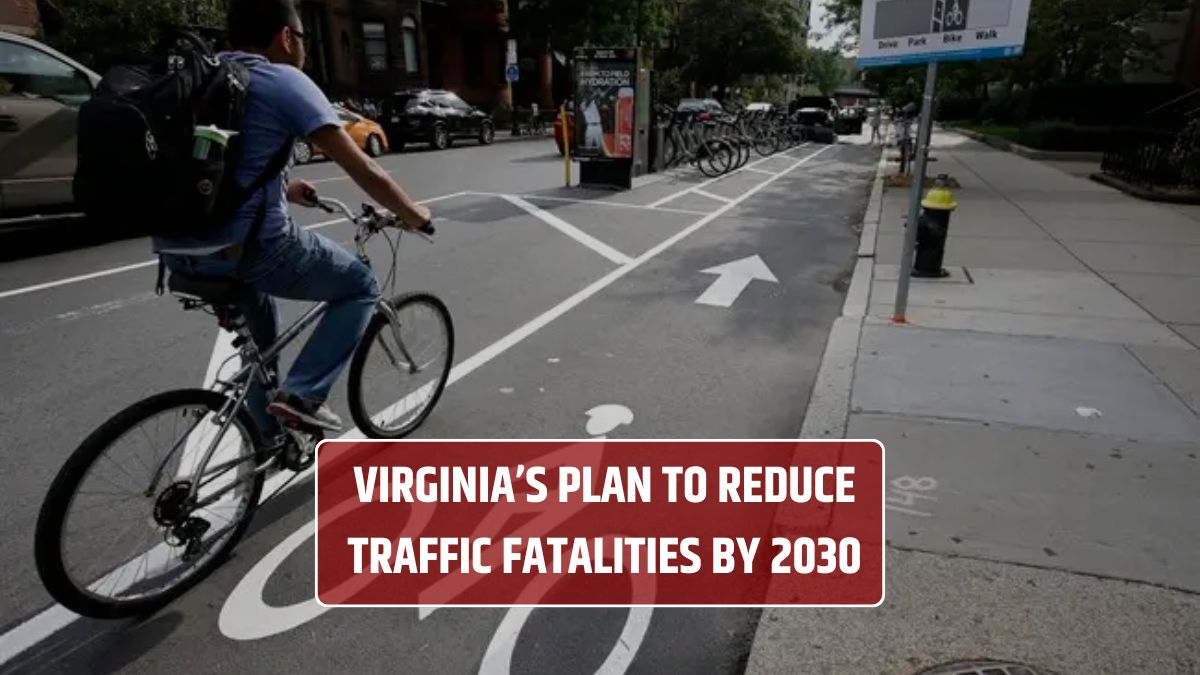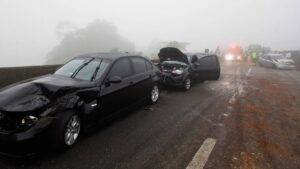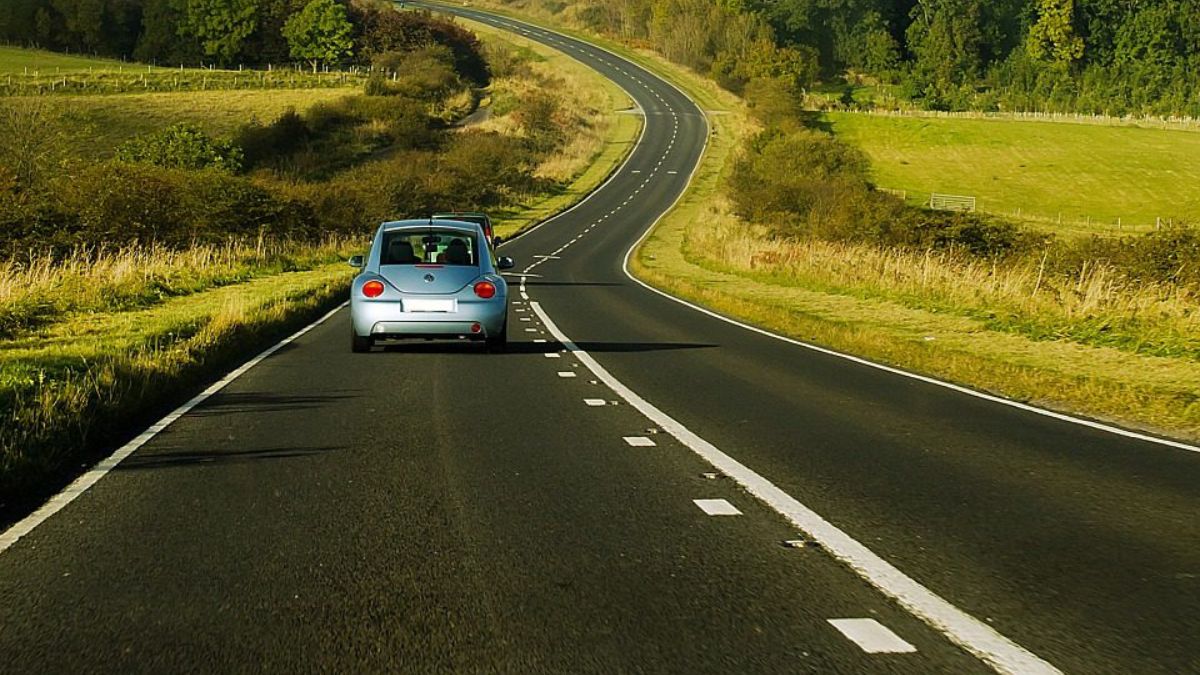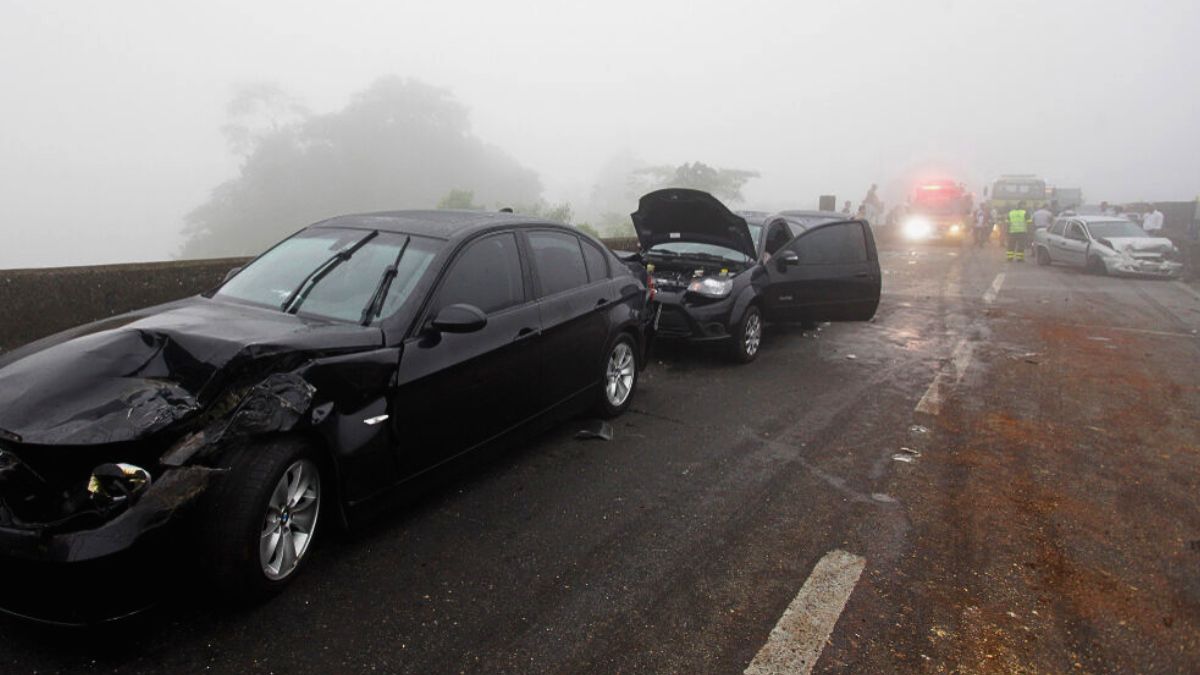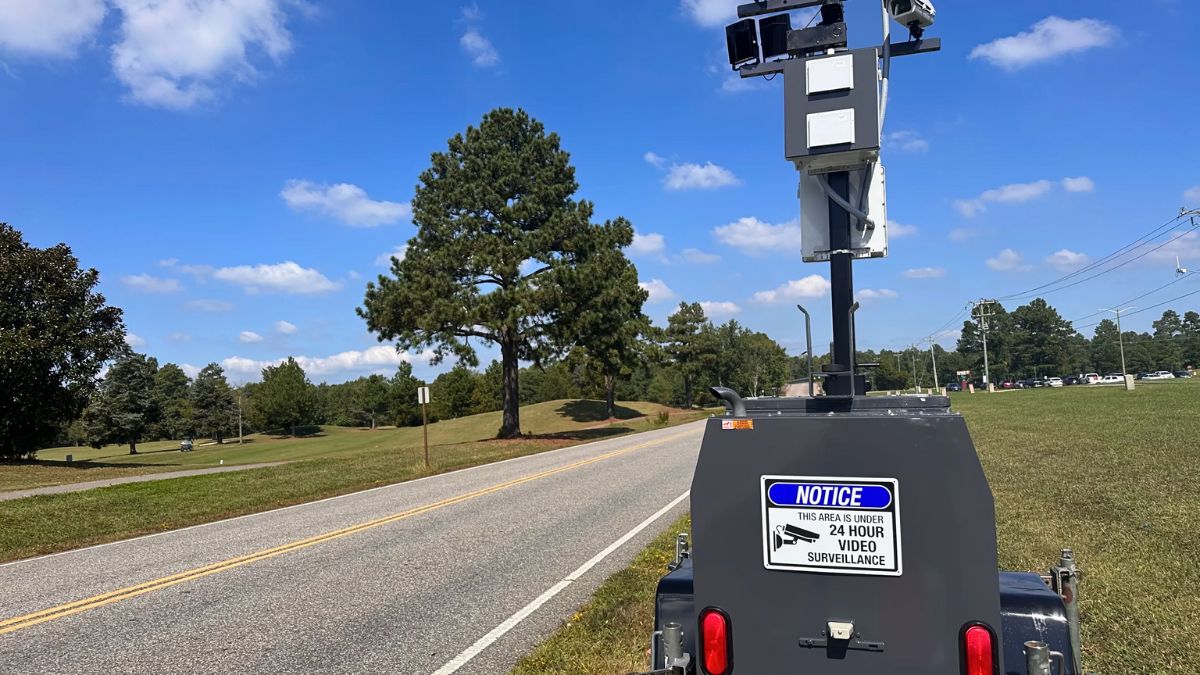Virginia is hitting the brakes on road deaths—with a bold goal of zero traffic fatalities by 2030. That’s not a typo. The state has rolled out a visionary safety initiative under the “Toward Zero Deaths (TZD)” strategy, and it’s not just about adding speed bumps and more signs. It’s about rethinking how roads are built, used, and enforced to save lives.
Let’s break down what Virginia is doing, why it matters, and how they plan to make roads safer for everyone.
Vision
The foundation of Virginia’s plan is “Zero Deaths.” Inspired by global road safety movements and Vision Zero principles, the state’s goal isn’t just fewer fatalities—it’s none at all. That might sound unrealistic, but other countries (like Sweden and the Netherlands) have already proven it’s possible with the right combination of design, education, and enforcement.
Virginia believes every traffic death is preventable. So instead of treating crashes like accidents, the state treats them like public health issues—solvable with the right tools.
Strategy
The plan revolves around a data-driven approach. Virginia is analyzing where, how, and why fatal crashes happen. With this data, officials can target high-risk areas and behaviors more effectively.
Key focuses include:
- Speed management in urban and rural corridors
- Pedestrian and cyclist protection with better crossings and paths
- Impaired driving enforcement (especially involving alcohol or drugs)
- Work zone safety as construction increases across the state
- Intersection redesigns to reduce conflict points
The state is also investing in technology—smart traffic signals, vehicle detection systems, and more surveillance at dangerous intersections.
Enforcement
You can’t talk about safety without talking about enforcement. Virginia State Police and local departments are ramping up efforts in areas like:
- DUI checkpoints
- Seat belt campaigns
- Distracted driving fines
- Speed camera programs in school and work zones
The idea isn’t just to hand out tickets—but to shift behaviors over time.
Infrastructure
Engineering is a big part of the plan. Virginia is redesigning its roads to forgive mistakes—because humans aren’t perfect.
Examples include:
- Roundabouts, which dramatically lower fatal crash rates
- Traffic calming features, like narrower lanes or raised crosswalks
- Road diets to reduce high-speed lanes in urban areas
- Protected bike lanes to separate cyclists from traffic
These changes force drivers to slow down and pay attention—without relying solely on law enforcement.
Education
Virginia’s plan also targets drivers before they ever get on the road. The state is investing in driver education programs, including:
- Teen-focused safety workshops
- DUI prevention campaigns in schools and colleges
- Public awareness pushes through social media and PSAs
They’re trying to build a culture that values safety the same way we value fuel efficiency or vehicle design.
Progress
So how’s it going so far? Between 2022 and 2024, Virginia saw a small but steady decline in roadway deaths, despite rising traffic volume. The state is optimistic that continued investments will accelerate that trend.
They’ve also formed a multi-agency task force involving VDOT, DMV, law enforcement, and public health officials—all working together to stay on target.
Virginia’s plan to end traffic fatalities by 2030 might sound bold, but it’s grounded in proven strategies. With the right mix of infrastructure upgrades, tech, education, and enforcement, the state is building a future where traffic deaths become a thing of the past—not just statistics. And if Virginia can pull it off, it might just set the model for the rest of the country.
FAQs
What is Virginia’s traffic safety goal?
Virginia aims for zero traffic deaths by 2030.
What’s the Toward Zero Deaths strategy?
It’s a statewide safety plan using data and infrastructure changes.
How is Virginia improving enforcement?
Through speed cameras, DUI checks, and education campaigns.
Are road designs part of the plan?
Yes, including roundabouts, road diets, and safer crossings.
Is the plan showing results?
Yes, traffic deaths are slowly declining since 2022.
